Blog
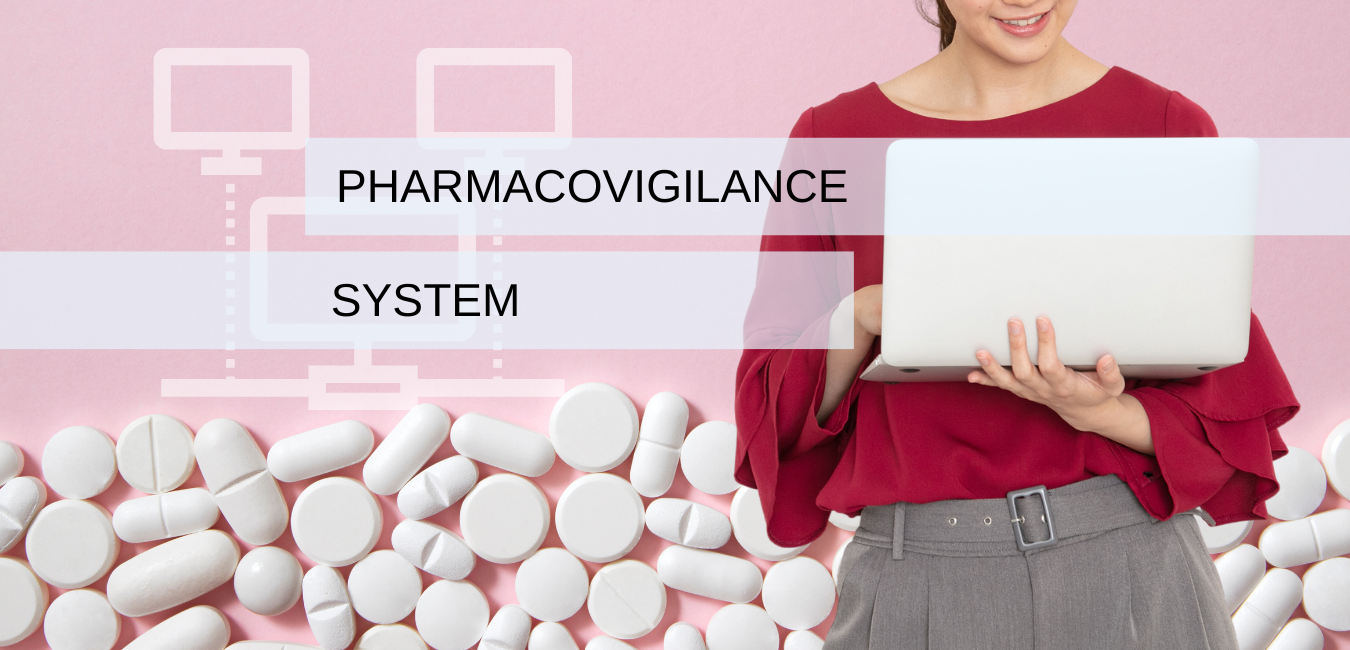
Pharmacovigilance system provider
06 December 2022
Pharmacovigilance (PV) is the science and activities related to the detection, assessment, understanding and prevention of adverse effects or any other medicine-related problem. It is essential to monitor post-authorisation safety of medicines to gather all safety data from a large number of various patients with numerous conditions and concomitant therapies using the drug for a long period of time. Therefore, each […]
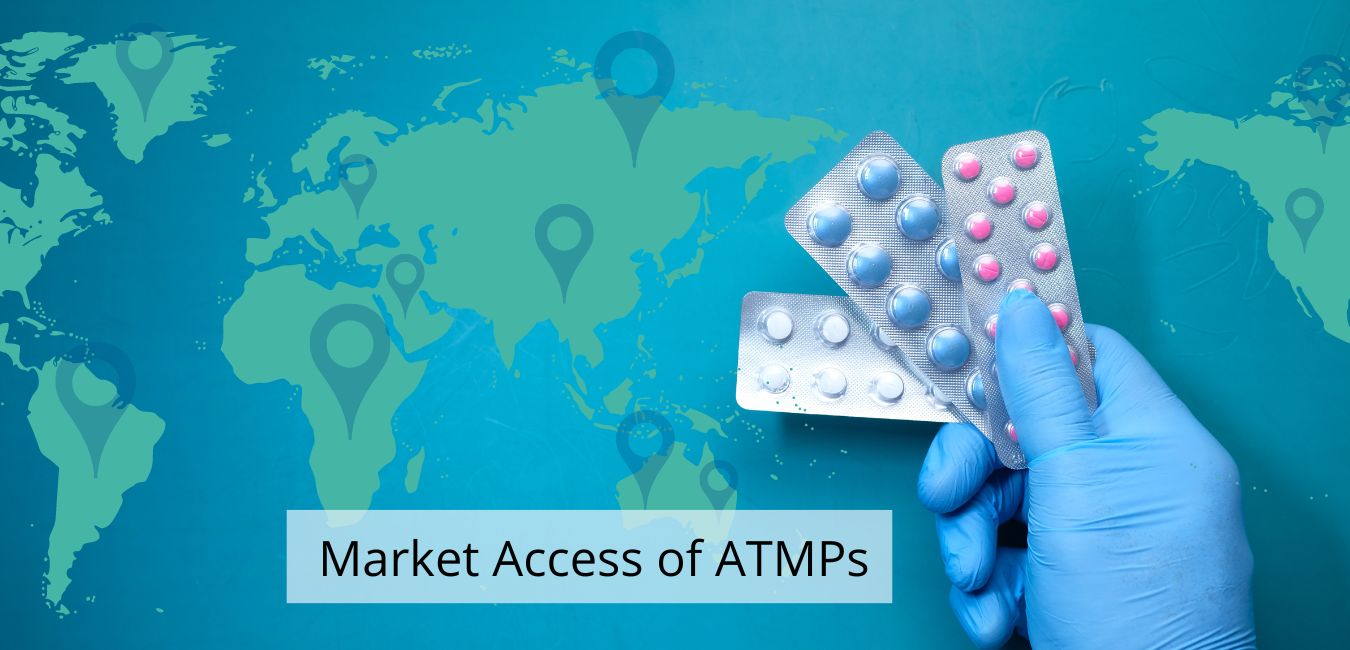
TOP 10 challenges in Market Access of ATMPs
25 November 2022
The Market Access (MA) topic is fascinating in itself, but like any topic, it will be more easily remembered and assimilated if it is described in a non-standard way. Instead of using official definitions regarding Market Access, let’s go through the subject of MA on the example of Advanced Therapy Medicinal Products (ATMPs). Quite challenging? Probably yes, but like they say: where there’s […]
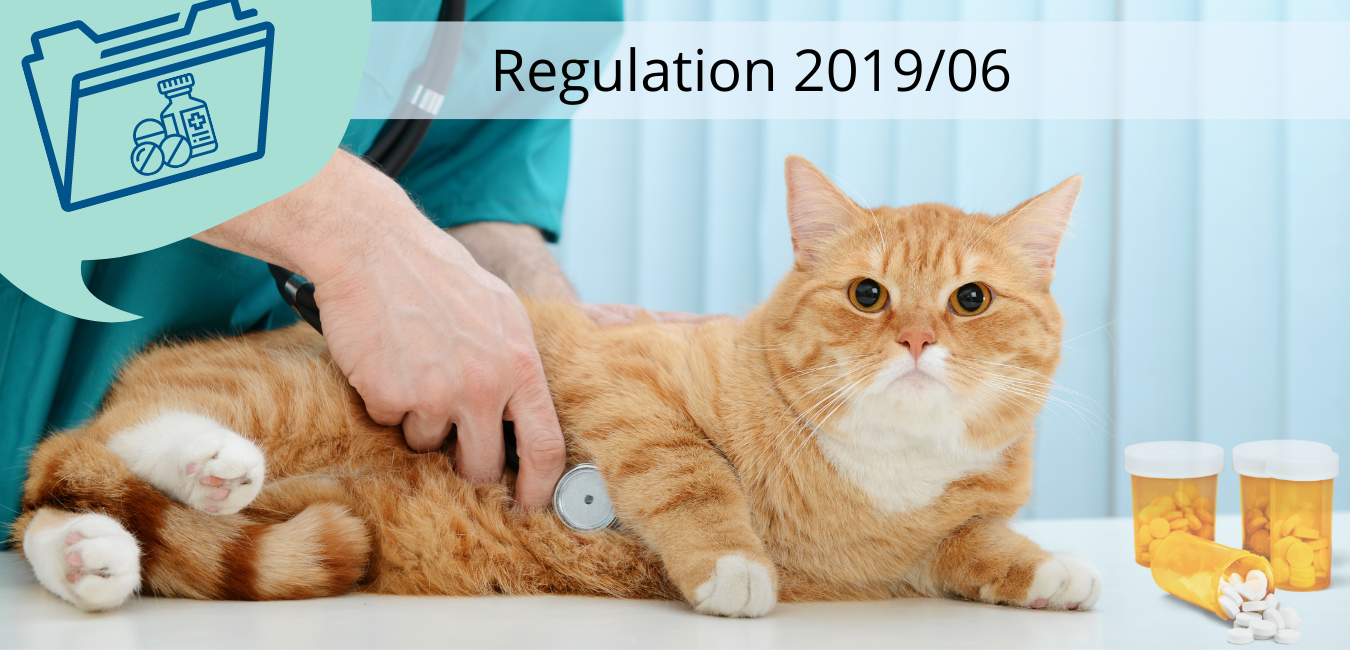
Unstoppable changes in pharmacovigilance of veterinary medicinal products
04 November 2022
Are you ready for the new regulations? At the beginning of year 2022 Veterinary Regulation 2019/06 has come into force, introducing innovative approach to safety surveillance of veterinary medicinal products. Marketing Authorisation Holders (MAHs) will now face new challenges with regard to fulfilling legal obligations and maintaining their pharmacovigilance system up-to-date. Below provided summary gives an overview on the […]
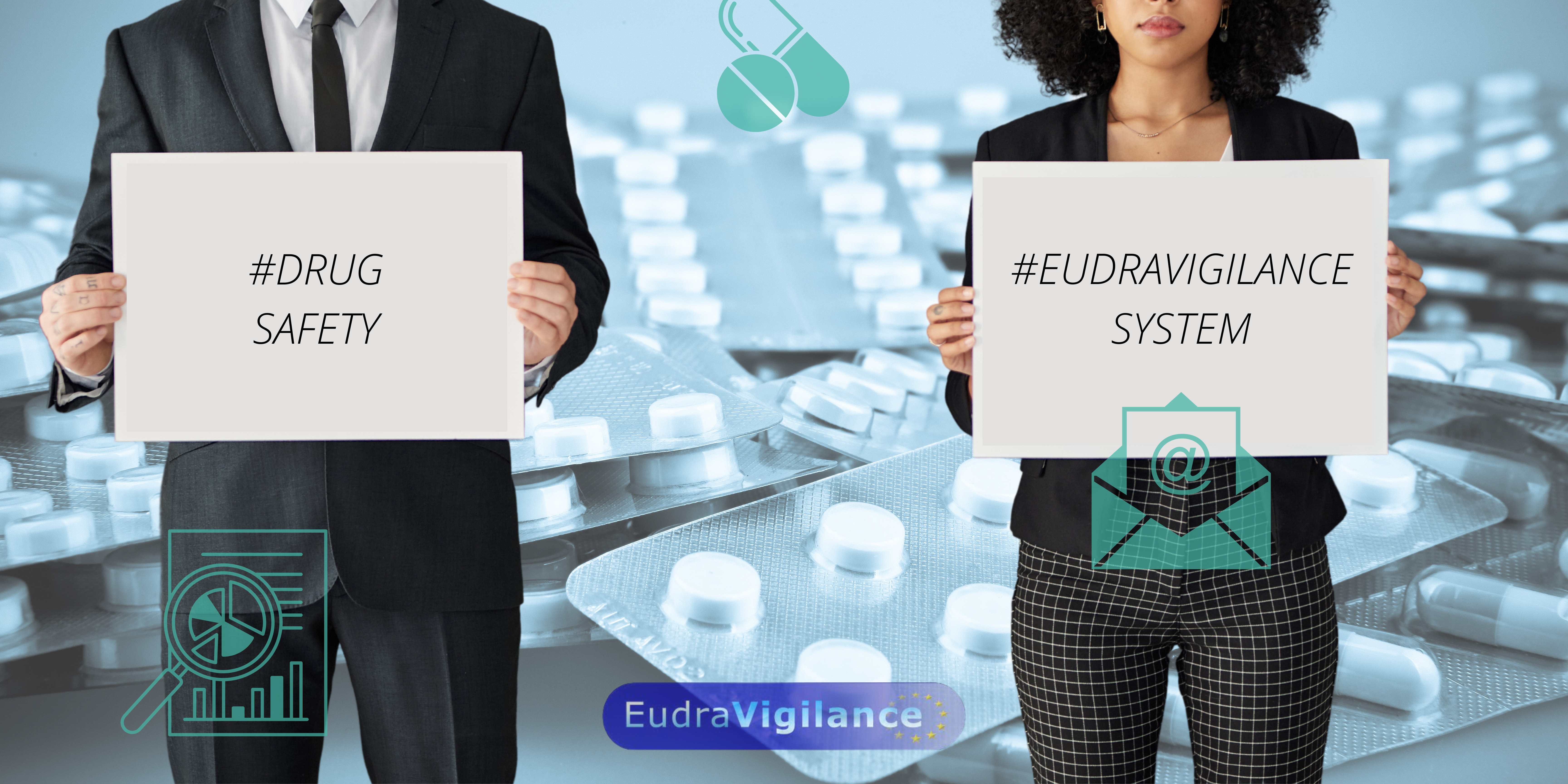
What is EudraVigilance?
31 August 2022
EudraVigilance: basic information EudraVigilance (European Union Drug Regulating Authorities Pharmacovigilance) is a system designed for reporting suspected adverse reactions to medicines, otherwise known as adverse drug reactions (ADRs). It has been in operation since December 2001. The European Medicines Agency (EMA) is responsible for developing, maintaining and coordinating the database. EudraVigilance supports the safe and effective use of medicines […]
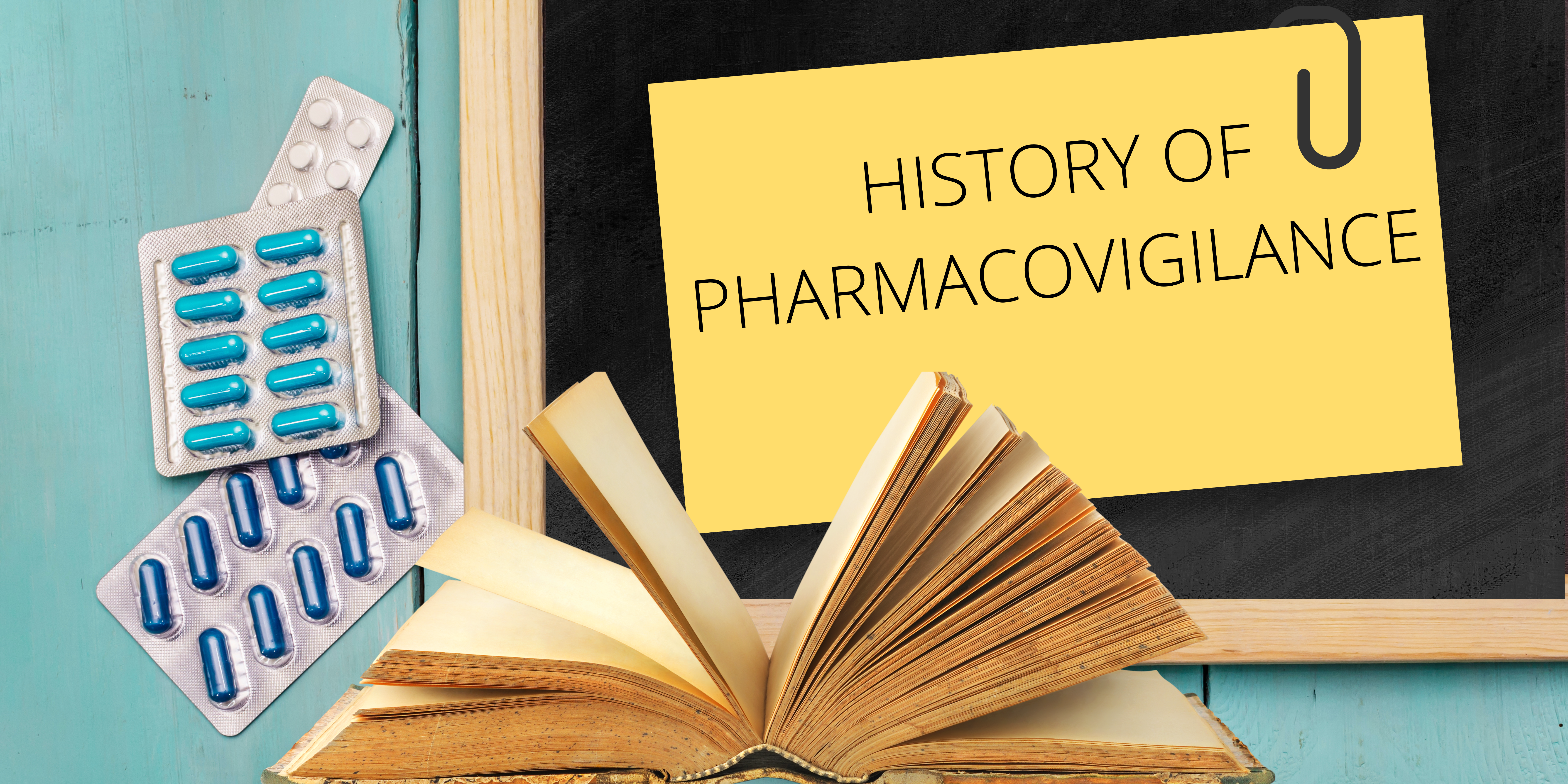
A History of Pharmacovigilance
10 August 2022
What is pharmacovigilance and what led to its establishment? The second half of the twentieth century was marked by the dynamic development of medicine. Hand in hand with that, the average life expectancy increased and there was a significant drop in infant mortality. Moreover, humanity emerged victorious in the battle with numerous diseases which had been deemed incurable in previous decades. Of […]

Risk Management Plan for EU and EAEU markets – comparison
20 July 2022
One of the documents that is needed to be prepared when registering medicinal product is Risk Management Plan (RMP). It is an obligatory document for each newly registered medicinal product. Its aim is, on the one hand, to characterize the safety profile of a given drug and, on the other hand, to broaden the knowledge of potential risks for the patient and […]

Variation – how to successfully update your dossier
13 June 2022
Have you been granted the Marketing Authorisation (MA) for your medicinal product? Are you about to release it into the market? That is for sure very positive information! Do you think it is over and from now on, nothing more has to be done? Unfortunately not. During your product’s life cycle you will surely deal with many improvements and […]
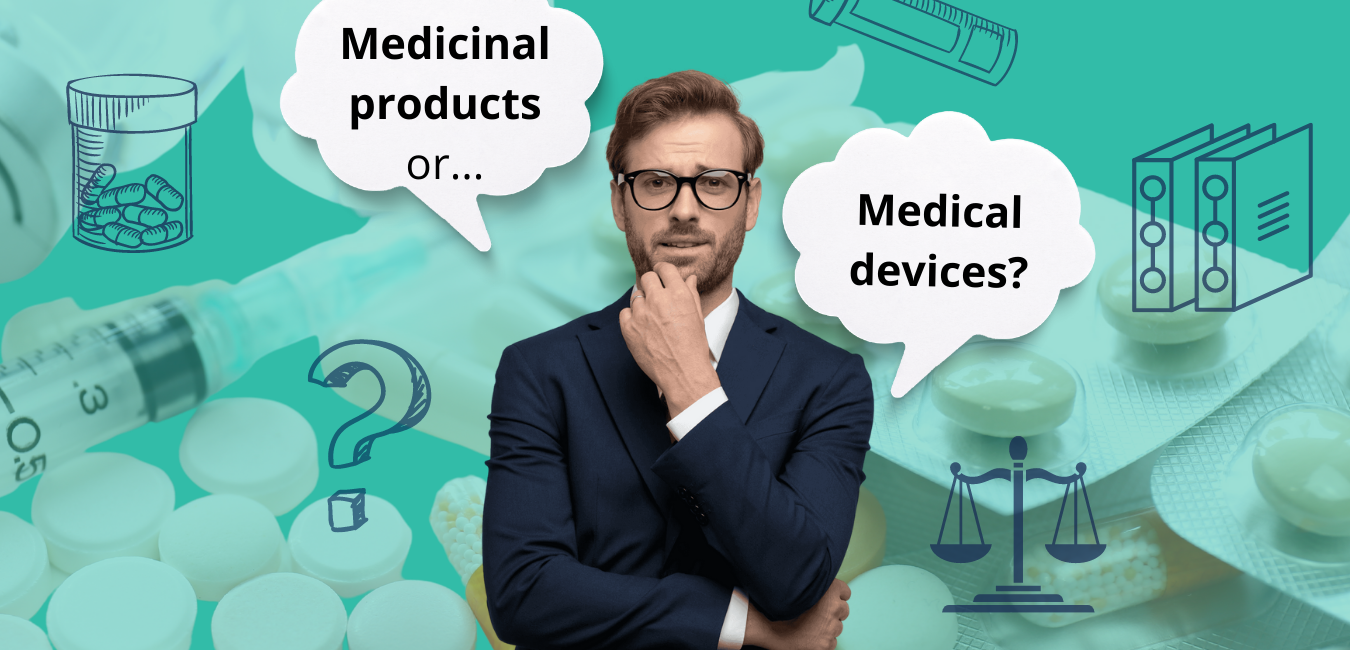
Borderline products: drug or device? Line of demarcation drawn by new MDCG guidance
31 May 2022
Medical device regulation 2017/745 (MDR) entered into full application on May 26, 2021, but still a lot of uncertainty is associated with its implementation. So far, over 70 guidance documents have been published to assist stakeholders in applying MDR. Recently, a new Guidance on borderline between medical devices and medicinal products under Regulation (EU) 2017/745 on medical devices (MDCG 2022-05) has been […]

Clinical Evaluation Report – grounds for clinical evaluation of medical devices
25 May 2022
Clinical Evaluation Report (CER) constitutes a significant part of technical documentation (TD) that summarizes and draws conclusions on the clinical evaluation of the medical device (MD). The analysis and critical appraisal of clinical and non-clinical data regarding the device in question aims to demonstrate that the MD achieves its intended purpose with acceptable risk for users. Clinical Evaluation Reports are […]
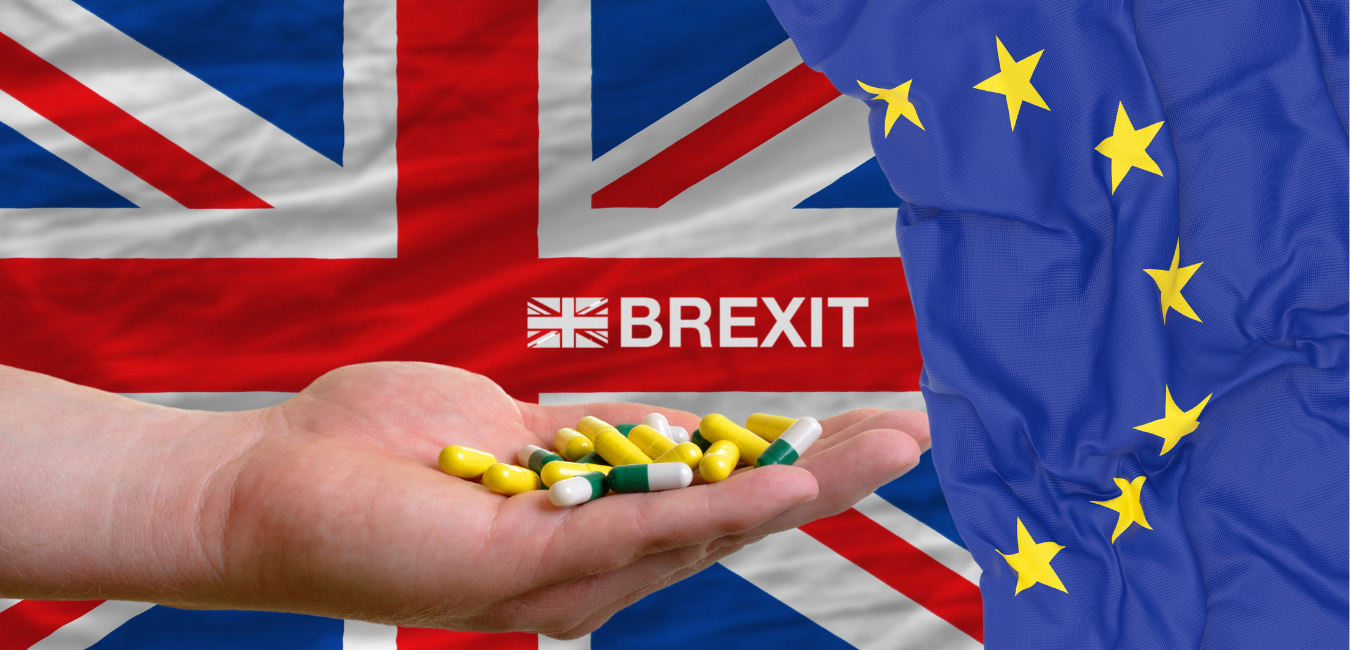
Brexit – is it still a concern for MA Holders?
17 May 2022
Time is passing very fast, relentlessly, and while it may seem that Brexit happened only yesterday, it in fact has been a long time since the British voters passed the 2016 referendum and United Kingdom (UK) has formally left the European Union (EU). As a result, on 31 January 2020 UK became a third country to the EU. It’s been also quite […]
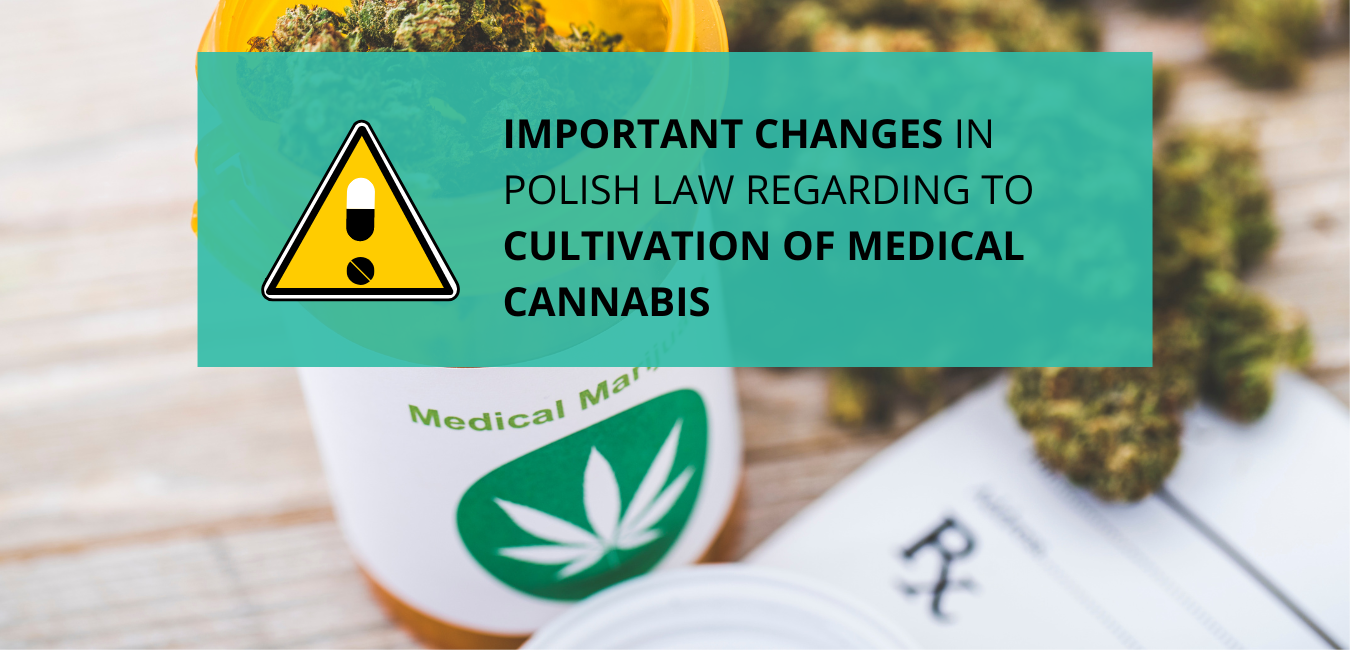
Cultivation of non-fibrous hemp legal in Poland!
09 May 2022
The changes in act on counteracting drug addiction came into effect. On April 6, 2022, the Sejm of the Republic of Poland announced acts amending the act on counteracting drug addiction [1], [2]. The changes concern, among the others, the following areas: The regulation enables the cultivation of non-fibrous hemp, carried out in research institutes supervised by the Minister responsible for […]
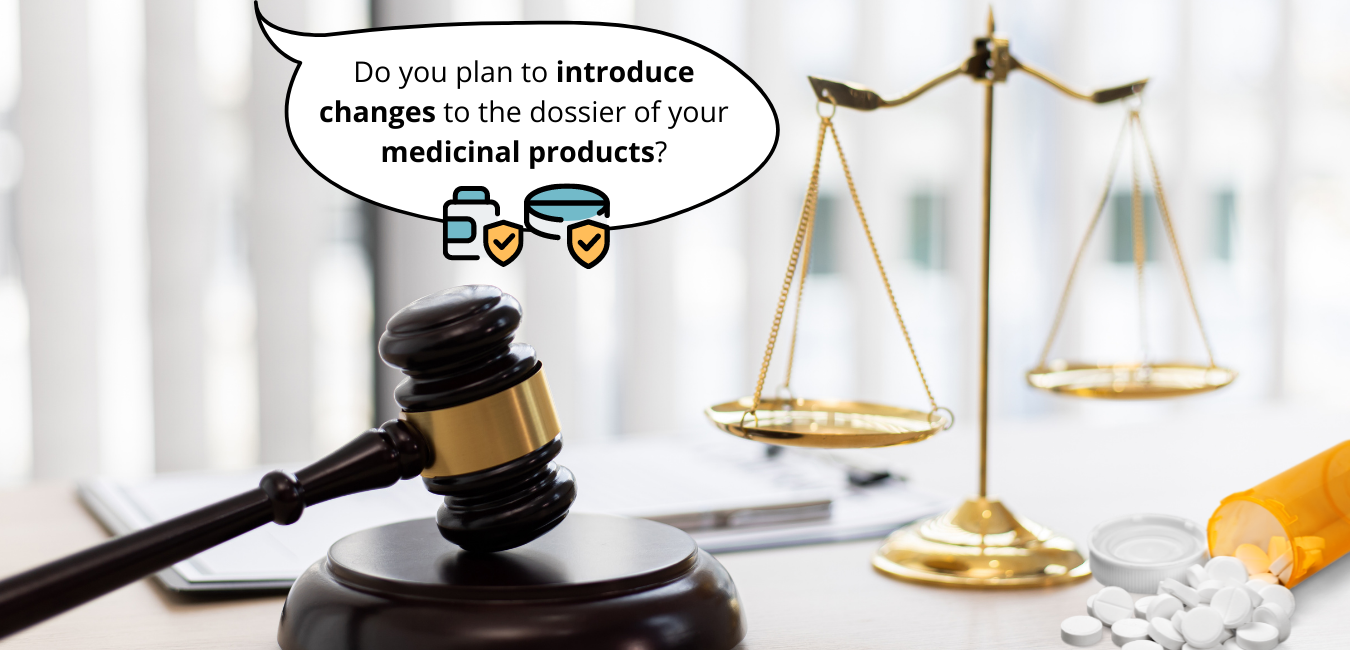
Variations Regulation and implementation guidelines for type IA variations
20 April 2022
Are you planning to amend your product dossier and wondering how you should do this? Note that any changes to the terms of a marketing authorisation (MA) for medicinal products authorised pursuant to EU legislation should be notified to relevant Authority (or Authorities) as a variation. Provisions concerning the examination of variations to the terms of all marketing authorisations for both medicinal products for human use and veterinary […]

